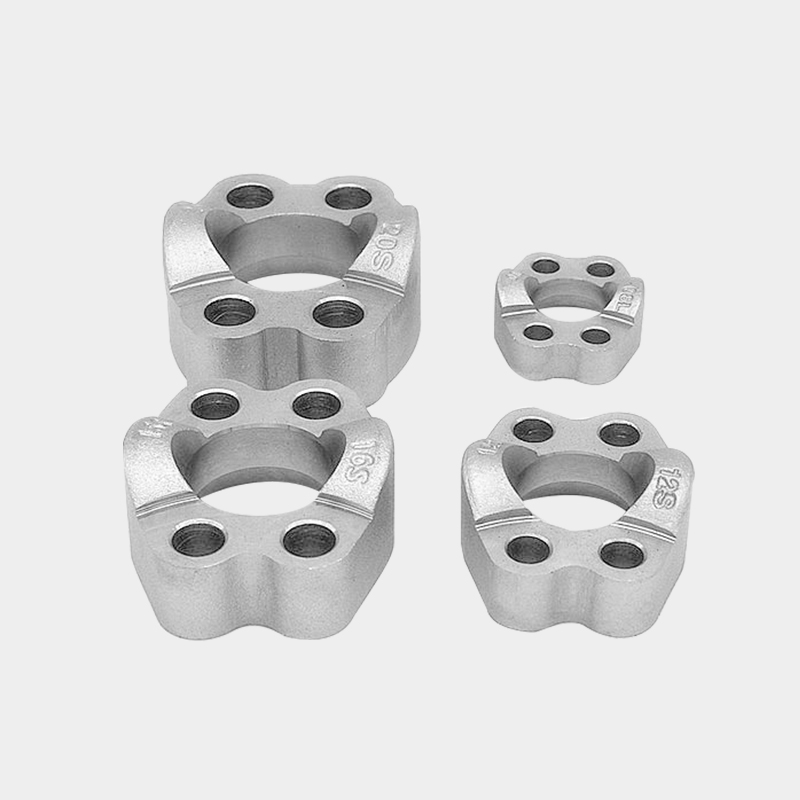Call Us
+86-13486669457Material Compatibility: The selection of gasket material is critical to the performance and longevity of hydraulic connections. Hydraulic fluids can vary widely in their chemical composition, which influences their interaction with gasket materials. For example, Nitrile rubber is commonly used for petroleum-based fluids, while EPDM is preferable for water-based or glycol fluids due to its superior resistance to heat and aging. PTFE gaskets offer exceptional chemical resistance and are suitable for aggressive fluids but may require careful handling during installation to prevent tearing. Assessing the compatibility of the gasket material with the specific hydraulic fluid is essential to avoid premature failure or leakage.
Temperature and Pressure Ratings: Gaskets must be rated for the specific operating conditions of the hydraulic system. Each gasket material has defined temperature and pressure limits; exceeding these can lead to degradation, loss of sealing ability, or catastrophic failure. For instance, elastomeric gaskets typically have lower temperature resistance compared to metal or composite gaskets. It is essential to refer to the manufacturer’s datasheets to determine the appropriate ratings and ensure that the selected gasket can withstand peak operating conditions while maintaining integrity over the service life of the system.
Flange Surface Finish: The effectiveness of the gasket in creating a seal is influenced by the surface finish of the hydraulic SAE flanges. A smoother surface promotes better contact and sealing, reducing the likelihood of leaks. If the flange surfaces are rough or uneven, it may necessitate the use of a thicker or more compressible gasket material to fill the gaps effectively.
Gasket Thickness: Gasket thickness plays a crucial role in achieving an effective seal. Thicker gaskets can accommodate imperfections in flange surfaces and provide better cushioning under compression. However, excessive thickness may lead to inadequate sealing pressure, which could compromise the connection. It is vital to select a gasket thickness that aligns with the design specifications while ensuring sufficient compressibility to achieve an effective seal without creating undue stress on the flanges.
Type of Sealing Method: Different sealing methods may be more suitable depending on the application and design of the hydraulic system. Flat gaskets are commonly employed for hydraulic SAE flanges due to their versatility and ease of installation. In contrast, O-rings may be utilized in applications with grooved flanges, providing a robust seal with minimal leakage potential. Spiral wound gaskets are effective for high-pressure applications, combining the benefits of both metal and non-metal materials. Understanding the specific requirements of the application will guide the selection of the appropriate sealing method.
Assembly Techniques: Proper assembly techniques are vital for achieving optimal sealing performance. This includes following the manufacturer’s recommended torque specifications for bolts and nuts, which ensures that the gasket is compressed evenly and sufficiently without being over-compressed, which can lead to material failure. The use of a calibrated torque wrench is recommended to achieve the required clamping force. It is essential to follow a crisscross tightening pattern to distribute the load evenly across the flange and prevent warping or misalignment.
FL-08W SAE Whole Flange Clamps 3000PSI


 中文简体
中文简体
 English
English









